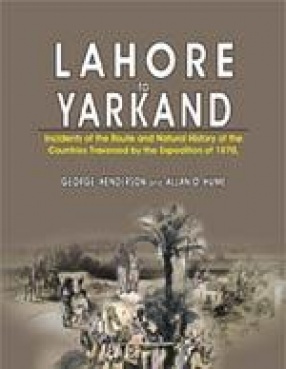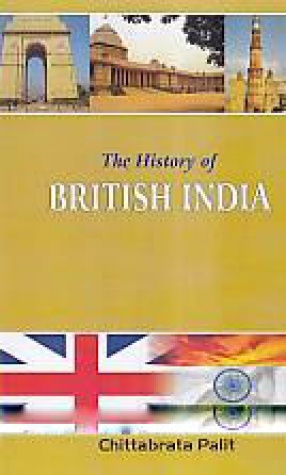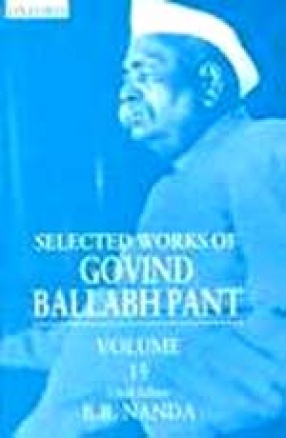The Lahore to Yarkand expedition is probably the first of its kind undertaken through the harsh, mountainous, unbeaten route through Kashmir and onwards. There was little known about Yarkand before this. Its climate, the customs and mannerisms of its inhabitants, fauna and flora were unexplored until 1848 when Dr Thomson, an Englishman, examined its botany as far as the crest of the Karakoram mountains. In 1857 Schlagintweit, the first European, who travelled to Yarkand from India was murdered en route. So when an opportunity came up, thanks to the courtesy of the Maharaja of Kashmir, the trio of T.D. Forsyth, George Henderson and Allan O. Hume planned the expedition with a come-what-may resolve. The book is divided into three parts: the narrative, natural history and meteorology. The most interesting of the three is natural history which comprises ornithology (the study of birds), insects and botany. The expedition collected 158 specimens and observed 59 others in the hills and plains of Yarkand. They were markedly different from those of the Indian area, where the noted ornithologist Hume served the British government in a civil capacity. During the expedition every member walked all the way. They had ponies but the ponies were used for hauling the food, equipment, tents and other materials of necessity. Travelling at the height of 1,800 feet became increasingly tough for both man and beast. They suffered from vertigo, nausea, exhaustion and insomnia. The lack of air pressure and oxygen caused extreme fatigue. The exhausted ponies had to be abandoned for yaks. When the food ran out, they turned to eating kyangs (wild donkeys) which the local women would chase on horseback till they could round off one for dinner. The bird population, like the herbs in the area, may have been thriving and varied, they were not disturbed as the expedition was in favour of preserving nature for further study. They found ancient and majestic pines as tall as 25 feet. As they crossed the desert near Yarkand they came in contact with the two-humped camels. At Yarkand the party was respectfully accommodated by the administration. Shawls were placed on their shoulders as a gesture of goodwill. Most conversations were confined to complimentary language. They found strict purdah in Yarkand with a flawless law and order situation. A thief was admonished on his first offence, flogged on his second, a hand or leg chopped off on his subsequent offence with his head severed on further law breaking. The maximum period of imprisonment was three days. Everyone rode a horse in Yarkand even if the distance to be travelled would be 50 yards. Dogs were hated and cats loved. Everyone was fond of flowers and liked planting fruit trees. The book has 32 water colour drawings of birds, plants and algae plus a detailed account of the instruments used then for scientific study. It is a must for every library and for all institutions involved in scientific pursuit.
Himalayan Bhutan Sikim & Tibet
$9.50
$10.00





There are no reviews yet.